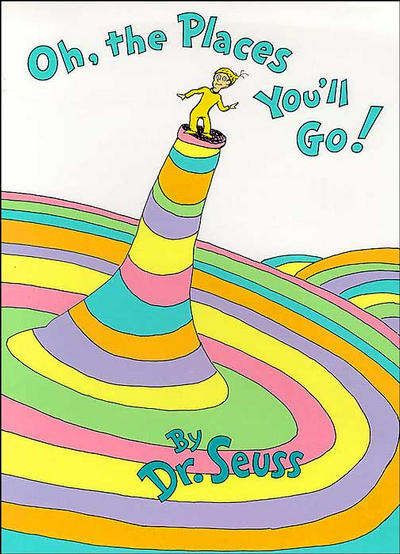Wow Vision Therapy Blog
Dr. Suess and the Wibbly-Wobbly Words

On March 2nd, the nation celebrated the birthday of the one and only Dr. Suess. Teachers across the country honored the beloved children’s author by reading his works in classrooms, and hosting activities and exercises to promote reading at any age, in any way. With his nonsense rhymes, invented words and colorful imagery, Dr. Suess has made reading fun for children for generations. It’s no wonder that we kick off March as National Reading Month in celebration of this great innovator.
Bringing reading into focus is important to helping parents and educators understand how children learn. Reading, especially Dr. Suess books, should be fun! So why, even on a day meant to celebrate reading, do some children struggle? There is little pressure put on students at these events to read at a certain speed, or perform at a certain level, yet some children show frustration and avoidance of even the most enjoyable literature. And, in the words of the dear Doctor, When you’re in a slump, you’re not in for much fun. Un-slumping yourself is not easily done.
According to the American Academy of Optometry, one in twelve children suffer from a condition called Convergence Insufficiency, perhaps better understood as near-double vision. The direct and indirect effects of this serious learning problem can make reading an exhausting chore, instead of a fun way to expand the imagination. Words on the page seem to overlap, split apart, re-arrange and jump around, leaving the child confused and feeling stupid for not understanding what their classmates so clearly comprehend. An entire month focused on reading can draw attention to students who have perhaps learned how to get by in school, but still struggle with the fundamentals of reading.
It is important for parents and teachers to understand that near-double vision, and other visual problems, are not always obvious. They present in varying degrees of severity, and sometimes clever children find methods of coping with their struggles, like closing one eye to read, sometimes inadvertently shutting down the image from the weaker eye so that the dominant eye can process independently. But if the child still completes their homework and accomplishes assignments, why look further into vision-related learning problems?
